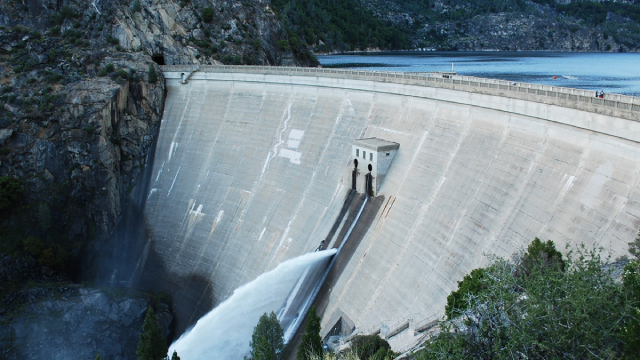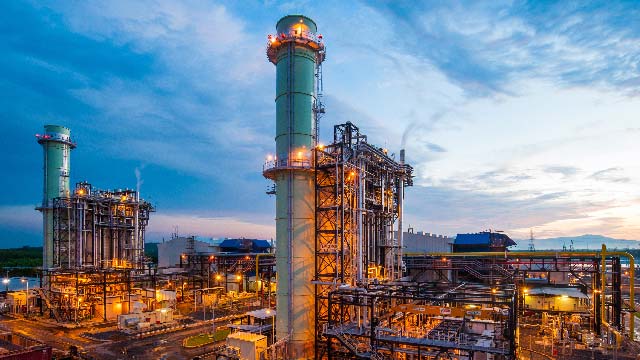A mix of generation solutions, including gas-fired generation, and associated technologies will be required to stabilize Asia Pacific’s power grids as the region races to realize ambitious decarbonization targets.
Co-locating gas projects with new infrastructure offers a synergy between regasification terminals and gas turbine power stations by utilizing liquified natural gas’ (LNG’s) “cold energy” to chill gas turbine inlet air. This makes both regasification and gas turbine power stations more efficient and cheaper to operate.
Facilities which can use the cold at low temperatures, such as cryogenic facilities, would be able to take full advantage of the cold available from the LNG. Air separation units, for example, are often considered due to the direct use of the low temperatures in the process. The LNG cold is used in the chilling of the inlet air and other intermediate streams in the air separation plant. Realizing such cryogenic integration requires the facility to be located adjacent to the LNG terminal to achieve close coupling of the processes and run at design capacity continuously to support the terminal operation.
The LNG cold can also benefit other process facilities, including those in chemical facilities. The LNG vaporization is typically accomplished with a heat medium such as glycol or water. This medium is then used for process cooling in an adjacent process facility. By using this heat medium, the seawater intake, large piping and outfall facilities can be eliminated.
Another opportunity is to integrate LNG terminals with combined cycle power generation facilities to make use of the power plant as a sink for the LNG cold. A glycol or water heating loop is typically used to capture the cold energy and use it in the power cycle.
The provision of cooling at (as well as power for) data centers or the use of steam, waste heat and water reclamation at industrial facilities is among other opportunities available.
Download the Natural Gas: An Energy Transition Fuel for Asia Pacific eBook to find out how reusing the cold energy from re-gasifying LNG at the terminal can help producers realize eco-friendly, cost-effective production of liquid hydrogen.








